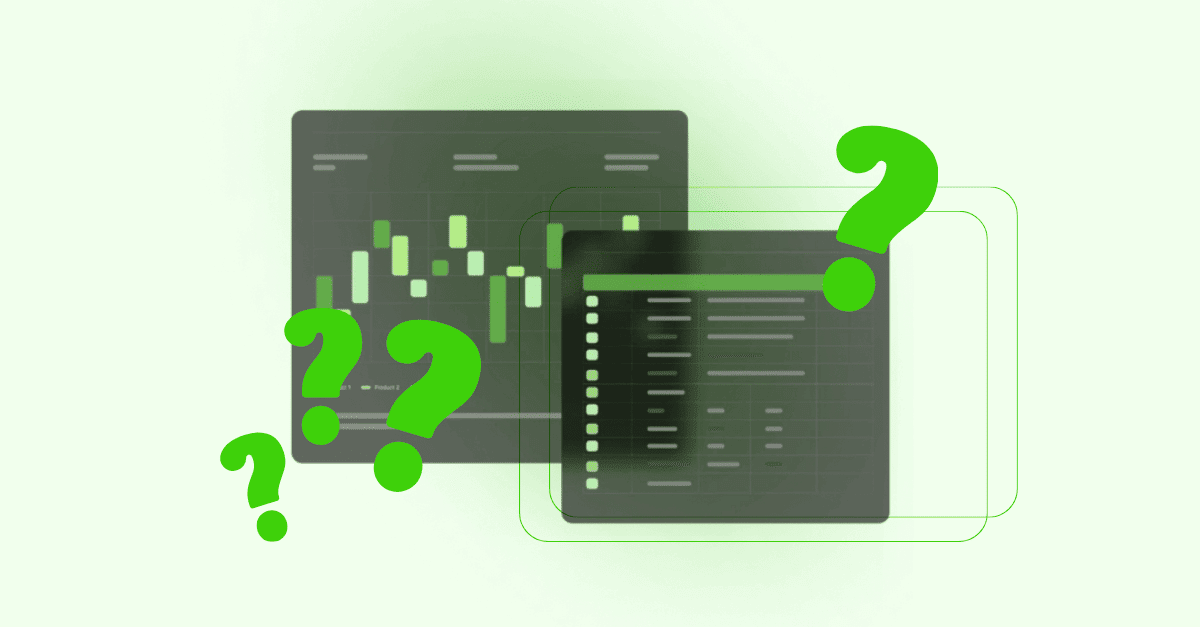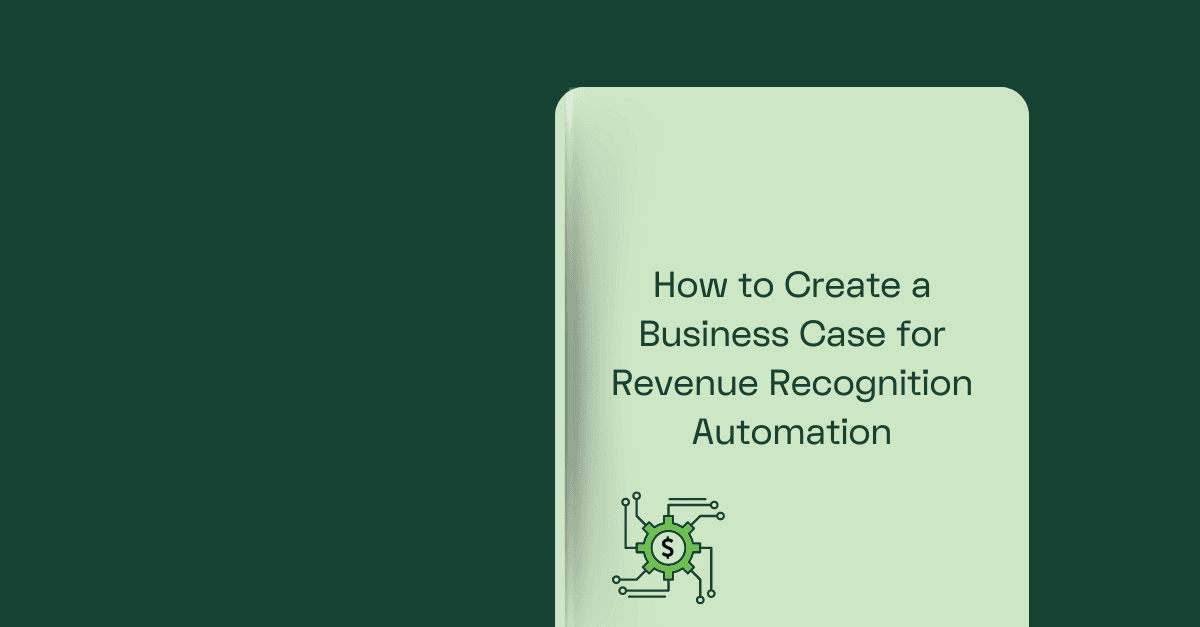Finance has become the most automated function, with 26% of an organization’s automated workflows falling under finance. Workato’s Work Automation Index highlights that finance has overtaken IT as the most automated department, this includes automating processes such as order-to-cash and record-to-report, both of which have seen significant growth. Many accounting tasks are rule-based, making the field ripe for automation.
Now, modern software solutions have managed to automate even more complex tasks, alleviating accountants of pain-staking, highly manual processes so they can focus on strategic efforts that provide valuable guidance to the business. Plus, given the accounting shortage, automating cumbersome accounting tasks and processes can help retain accountants and allow them to concentrate on value-add tasks.
Take revenue accounting for example. Reading the terms of contract, identifying performance obligations, allocating a price to each obligation, and following revenue recognition standards seemed like an impossible task to automate. But modern software lets you automate all of that and more.
This gives finance and revenue teams greater control over their time, allowing them to focus on more valuable areas of their job. In this guide, we explain how automation is empowering next-gen finance and revenue professionals.
1. Revenue Recognition Automation
Businesses must follow ASC 606 and IFRS 15 as applicable to recognize revenue. According to these standards, revenue is recognized when performance obligations are met, not when cash is received. This adds layers of complexity in revenue recognition when done manually, but automation can easily and efficiently resolve.
Here are some complexities that revenue recognition automation can solve:
- ASC 606 and IFRS 15 compliance: An automated revenue recognition system can be set to identify contracts and their performance obligations, determine the transaction price, allocate transaction prices to performance obligations, and recognize revenue when your company satisfies a performance obligation.
- Recurring revenue streams: Many companies, especially subscription-based businesses like SaaS, recognize revenue over time rather than at the point of sale. Similarly, some businesses offer bundled products or services, such as software plus support. Revenue recognition software that can track and allocate revenue from these complex revenue streams based on fair value and performed obligations over appropriate periods.
- Real-time reporting: Revenue automation systems pull data from multiple sources, such as your CRM, contracts, and invoice tool. It uses this data to provide real-time visibility into revenue. It automatically tracks and adjusts for any changes to contracts, amendments, cancellations, or renewals. This eliminates a large portion of manual work the revenue recognition team spends time on.
- Deferred and unbilled revenue: Revenue is deferred when your company receives payment for future work, as in the case of annual subscriptions. The revenue recognition software tracks deferred revenue and ensures it’s recognized at the appropriate time. The system also accounts for revenue that has been earned but not billed. Real-time reporting provides instant visibility into your accounting positions, allowing you to accurately track whether you’re in an asset or liability position at any given moment.
2. Analytics for Revenue Teams
Thanks to automation, your revenue team can access data via a centralized information repository. The automated system can exchange data with applications in your tech stack, including CRM systems, accounting software, and ERP systems, in real time. This gives revenue teams a unified view of company-wide revenue data.
Many solutions offer built-in customizable dashboards. Revenue teams can create and customize dashboards to visualize data more insightfully and track high-priority KPIs. Software tools can use the data collected by your automation system to predict revenue, cash flow, and customer demand based on historical data. While forecasting isn’t exactly a new feature, AI-powered tools use machine learning algorithms to predict these metrics with greater accuracy.
In the future, analytics will bring a lot more value to revenue teams.
3. Faster Financial Reporting and Closing
Integrated systems offer one major advantage: all systems in the stack can complete their tasks once the original data is fed into the system. For example, when the CRM system records a sale, the revenue recognition software recognizes revenue, accounting software records a journal entry for the transaction, ERP updates the inventory records, and the invoicing tool generates an invoice—all this, with zero to little manual effort.
This helps automate reconciliations and build workflows that reduce time to close. Moreover, real-time data availability across systems helps your team continuously monitor financial data. There’s no need to wait until month-end for detailed reports. With the right software solution, you can track critical metrics like cash flow and revenue growth on an interactive dashboard.
Companies are already using automation to close books faster. However, there are quite a few work-in-progress technologies that can further speed up the process. For example, smart contracts are projected to reach $73 billion by 2030, compounding at an 82.2% CAGR. Once smart contracts become mainstream, automated revenue recognition will become even more seamless—the smart contracts will track the performance of obligations and execute journal entries to recognize revenue by themselves.
4. Risk Management and Fraud Detection
AI-powered risk management can enable your team to manage various risks more effectively through automated 24/7 surveillance.
Take fraud for example—it costs small businesses an estimated 5% of their annual revenue. If the AI algorithm detects anomalies like an unexplained spike in revenue from a specific product, region, or customer segment, it can trigger a notification. The revenue team can then investigate the issue further.
In addition to recognizing anomalies in data, you can set up threshold-based alerts where the system notifies you whenever a certain type of transaction involves a payment that exceeds a predefined limit. An automated system also creates an automated audit trail. The trail tells you everything about a transaction, including who performed it, what for, when, and where.
Automation can help you minimize other types of risks too. For example, if you’re a subscription-based business and want to minimize churn risk, you can configure the automated system to track engagement metrics and payment behavior. If the system notices signs of declining usage or other patterns that signal an increase in churn, it will notify you so you can take action.
Empower Your Accounting Team With RightRev
These are just a few examples of the power of automation, allowing accountants to get out of labor-intensive spreadsheets and managing workarounds to having the bandwidth to do strategic analysis and provide valuable insights. RightRev is a revenue recognition automation platform with extensive capabilities. It helps you automate revenue recognition for the most complex of contracts while complying with ASC 606 and IFRS 15.
Finding it hard to deal with multiple revenue recognition methods, frequent contract modifications, or manage a high volume of contracts? RightRev’s got your back.If you’re looking to empower your revenue team with an automated revenue recognition solution and make your revenue processes future-ready, request a demo to see RightRev in action.




